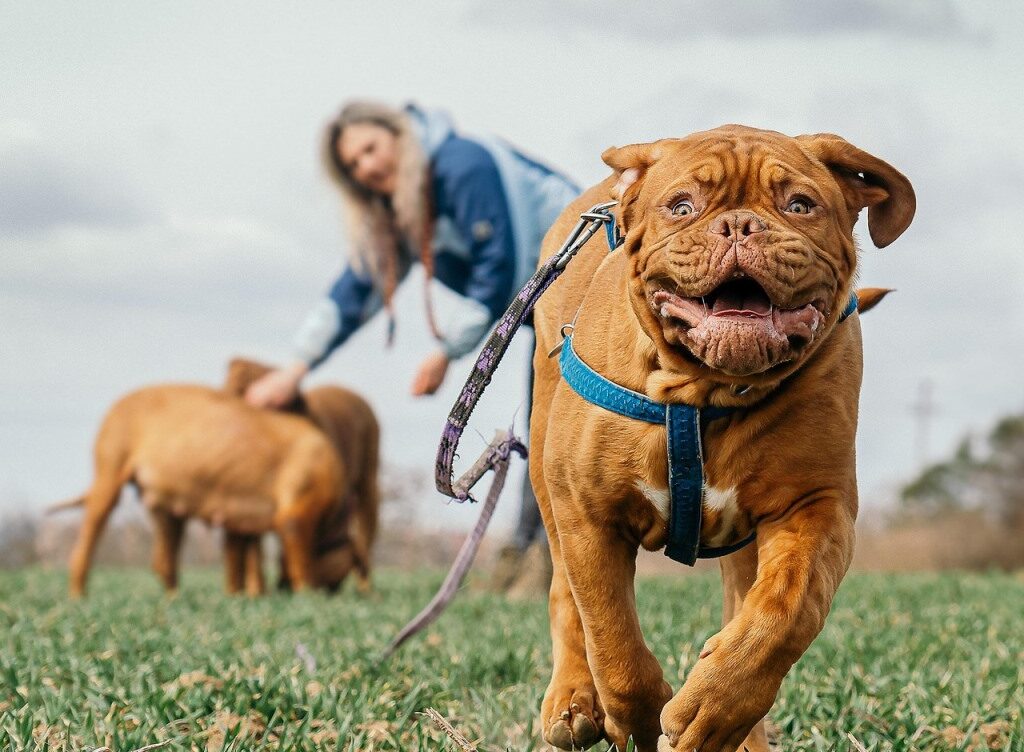
How to Socialize Your Dog with Other Pets and People
Socialization is one of the most important aspects of raising a well-adjusted and happy dog. Proper socialization helps your dog feel comfortable around people, other pets, and new environments, reducing fear-based behaviors like aggression, anxiety, and excessive barking. Whether you have a new puppy or an older rescue dog, socialization can significantly improve their quality of life.
Here’s a step-by-step guide to properly socializing your dog with both people and other pets.
1. Start Early (But It’s Never Too Late!)
The best time to start socialization is during puppyhood, between 3 to 16 weeks old, as this is when dogs are most receptive to new experiences. However, if you’ve adopted an older dog, don’t worry—socialization is still possible with patience and positive reinforcement.
2. Introduce Your Dog to Different People
Your dog should be comfortable around all kinds of people, including children, seniors, and strangers. Start by inviting friends and family over to interact with your dog in a calm and controlled manner.
Tips for Socializing with People:
- Let new people offer treats so your dog associates them with positivity.
- Expose your dog to people wearing hats, sunglasses, or uniforms to reduce fear of different appearances.
- Encourage gentle petting and handling to build comfort.
- Avoid overwhelming situations—start slow and increase exposure gradually.
3. Socializing with Other Dogs
Dogs are naturally social animals, but they need proper introductions to interact positively with other dogs. If your dog is fearful or reactive, take it slow.
Steps for Dog-to-Dog Introductions:
- Choose a Neutral Location: Avoid introducing dogs at home, where territorial behavior may occur. Instead, meet in a park or an open space.
- Observe Body Language: Look for relaxed tails, loose bodies, and wagging movements. If you notice stiff posture, growling, or raised hackles, separate them and try again later.
- Use Leashed Introductions: Keep both dogs on a leash but allow some slack so they don’t feel restricted.
- Let Them Sniff: Dogs greet each other by sniffing; allow them to do so naturally while monitoring for any signs of discomfort.
If the meeting goes well, arrange regular playdates to strengthen their bond.
4. Socializing with Cats and Other Pets
If you have a multi-pet household, introducing a dog to a cat or other animals requires extra patience.
How to Introduce a Dog to a Cat:
- Keep your dog on a leash and allow the cat to roam freely.
- Reward calm behavior with treats and praise.
- Give the cat a safe escape route (such as a high perch).
- Gradually increase their time together under supervision.
For small pets like rabbits or guinea pigs, always ensure their safety by keeping interactions controlled.
5. Expose Your Dog to New Environments
A well-socialized dog should be comfortable in various settings, such as parks, city streets, pet-friendly cafes, and car rides. Take your dog on outings where they can encounter new sights, sounds, and smells.
Ways to Build Confidence in New Places:
- Visit pet-friendly stores or markets.
- Walk on different surfaces (grass, pavement, sand, etc.).
- Play background sounds (fireworks, thunderstorms, sirens) at a low volume to desensitize your dog to loud noises.
6. Use Positive Reinforcement
Always reward your dog with treats, praise, and affection when they behave well during socialization experiences. Never force them into a situation that makes them uncomfortable—socialization should be a positive experience.
7. Be Patient and Consistent
Some dogs take longer to warm up to new experiences than others. If your dog is fearful or reactive, work at their pace. Slow, consistent exposure is key to building confidence and trust.
